Insight – 05/01/2024
Graphic designers should be aware of trends, but they shouldn’t strictly follow them. Trends come and go. They’re like fads, and when you get too caught up in fads, you might find yourself getting cought up in them as opposed to trying to solve real problems for your clients. Designers should have their own unique style that isn’t just a copy of what everyone else is doing. It’s also important to stay up-to-date on the latest trends, so you can incorporate them into your designs when appropriate. But don’t be afraid to experiment and break the rules; after all, that’s how new trends are born!
As a graphic design and branding studio specialising in crafting high-quality designs that resonate with their target audience, we wanted to highlight the main trends, in our opinion, that will shape the graphic design industry in 2024.
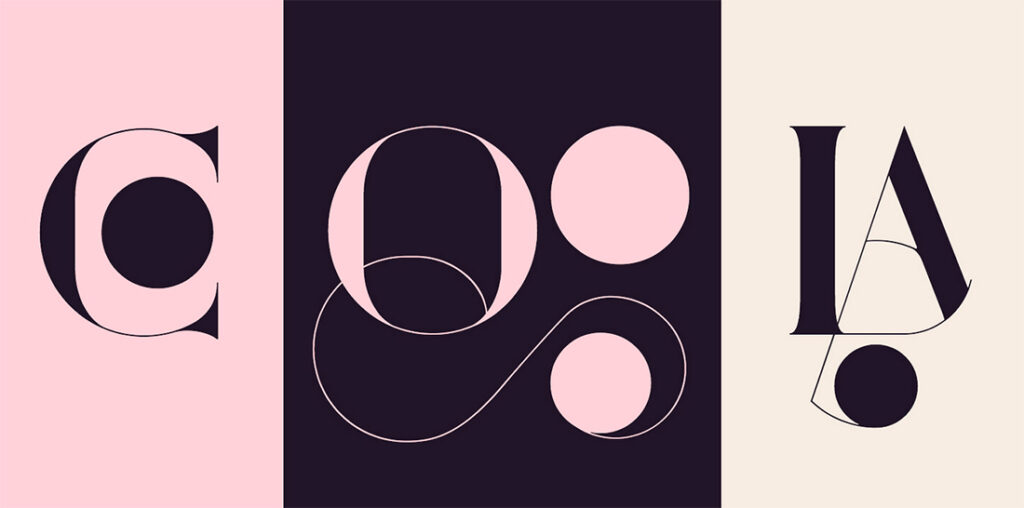
1. Experimental typography
Typography, the art of arranging type to create visually appealing and legible text, has undergone a remarkable transformation over the centuries. From the earliest forms of movable type to the digital age, typography has continuously evolved, pushing the boundaries of design and communication.
Designers are no longer held back by limitations and constraints. Although the alphabet, numeric system and symbols are all defined by conventions, this trend encourages out-the-box thinking and pushes the boundaries.
Rapidly advancing technology allows designers to get more experimental with typefaces and not stick to the norm. What makes this trend different is that it empowers designers to elevate their craft and apply the greatest care and attention to detail to each character.
Every letter, number and punctuation have a personality and it should embrace its quirks rather than be conformed to regularity. Whether it’s for aesthetic purposes, to catch your audience’s eye or elevate your brand identity, or for more specific promotional purposes, experimental typography is unique to you and your message no matter what.
One of the fundamental aspects of experimental typography is the daring exploration of typefaces. Designers often manipulate and customize existing typefaces or even craft entirely new ones to suit their visions. The fonts used can vary wildly in terms of size, style, and weight, creating striking contrasts and emphasizing specific aspects of the text. This approach encourages the viewer to engage with the design on a deeper level, deciphering the message while appreciating the aesthetic allure of the typography.
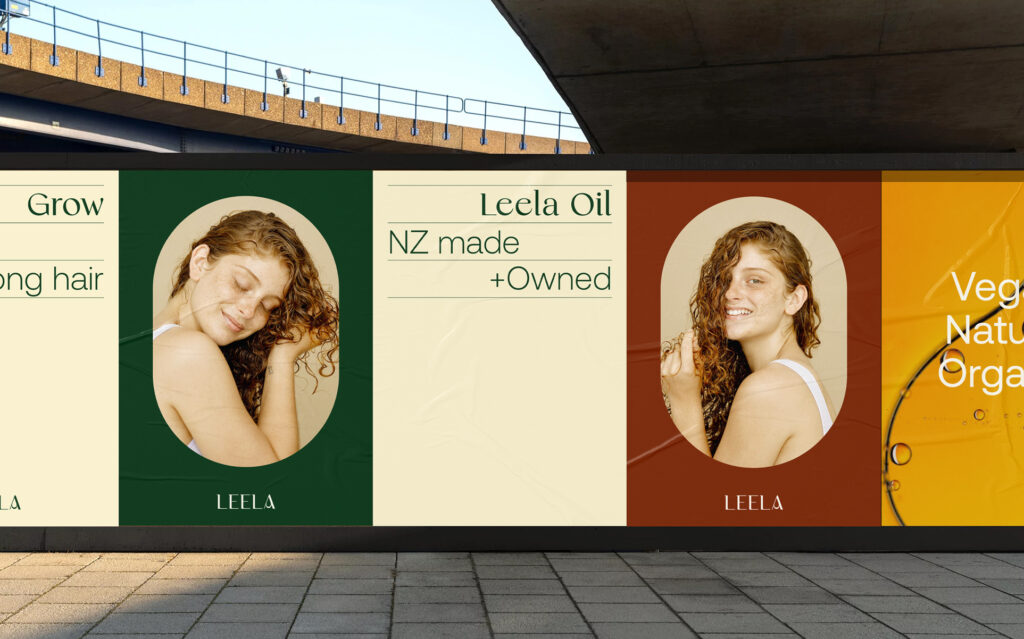
2. Diversity and inclusion
Although diversity and representation should be an industry standard and not a fleeting choice, It’s making a breakthrough in 2024.
The growing emphasis on diversity and representation in graphic design is a reflection of broader societal shifts toward inclusivity and equality.
This movement in design acknowledges the importance of representing a variety of identities, cultures, and experiences, thereby creating designs that are more meaningful, relatable, and impactful. Let’s explore this significant trend in graphic design in detail.
Gone are the days of generic, faceless figures representing “everyone.” Instead, designers are incorporating visual elements that celebrate a broader spectrum of races, ethnicities, genders, abilities and body types. In 2024, graphic design embraces its responsibility to reflect the true diversity of the world around us.
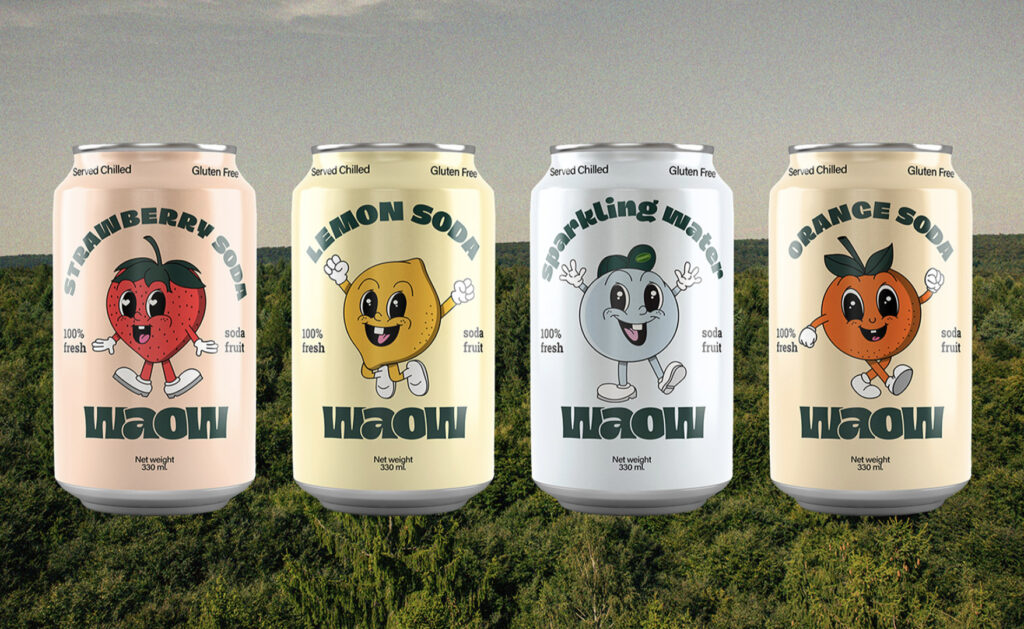
3. Custom illustrations
Custom illustrations are a great way to communicate your brand personality to your audience. They can set the tone of your brand, making your brand identity more apparent in the marketplace.
This graphic design trend marks a transition from overused, characterless stock photography and stock visuals, and it’s a testament to the power of personalised and unique images. Brands are creating bespoke illustrations that not only convey their values and personality but also form a more authentic and relatable connection with their audience. These brand illustrations are versatile and adaptable to various mediums, from websites and social media to packaging and advertising, bringing a sense of consistency to the brand’s visual identity.
The resurgence of hand-drawn illustrations in graphic design, their differentiation from traditional to digital techniques, and their unique qualities such as personality, warmth, and human touch, as well as their applications in branding, storytelling, and editorial design, represent a fascinating and multi-faceted topic. Let’s explore each of these aspects in detail.
As we’ll probably see even more in 2024, this trend highlights the importance of visual storytelling and individuality in branding, offering a refreshing change from generic visuals and embracing the art of bespoke illustrations to express the heart and soul of a brand.
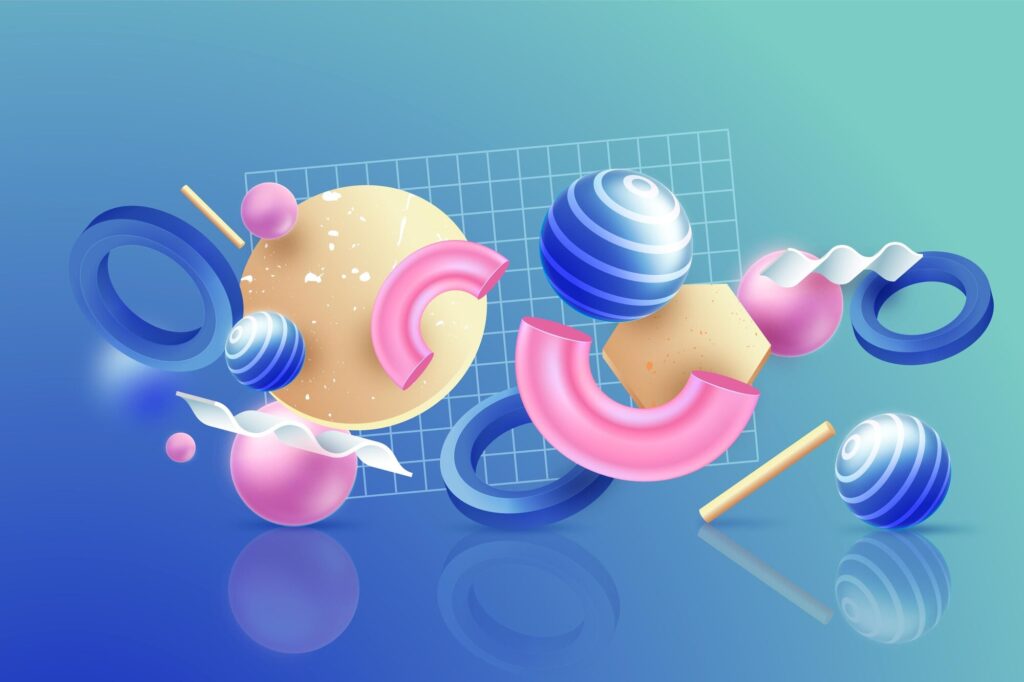
4. 3D graphics
As we head towards the metaverse, 3D graphics will continue to be a strong trend in graphic design. The demand for realistic virtual reality experiences is inspiring a fresh wave of 3D designs and typography across the industry.
One reason for the rise in the popularity of 3D design is the increasing availability of tools and software that make it easier for designers to create 3D models. These tools allow designers to experiment with different materials, lighting, and textures, resulting in various creative possibilities. The 3D design has also become more accessible, as it is no longer limited to specialized software and hardware that only professionals can afford.
The 3D design has found its way into many different areas of design, from advertising and marketing to product design and video game development. It is particularly effective in advertising, where it can be used to create eye-catching and memorable visuals that grab the viewer’s attention. Brands have used 3D design to create animated logos, product visualizations, and interactive experiences that engage consumers in new and exciting ways.
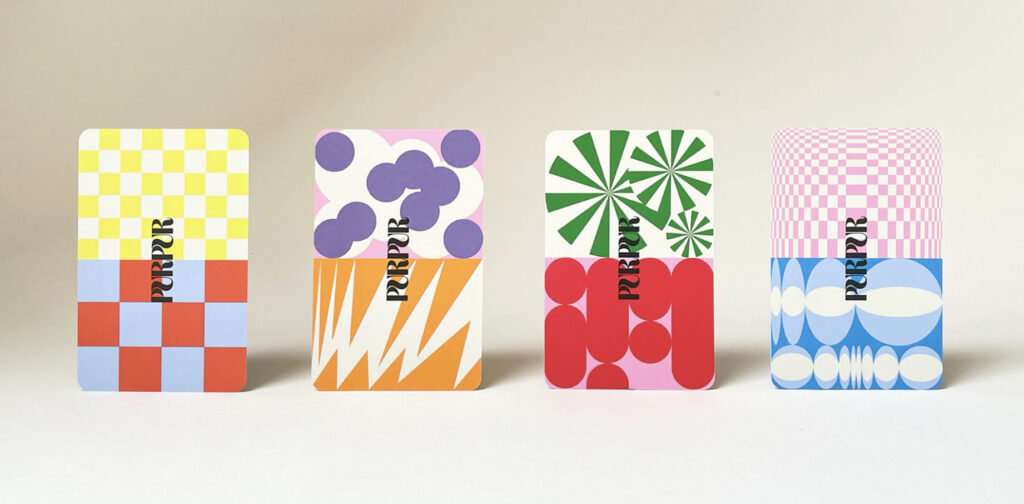
5. Abstract shapes & patterns
Another trend to watch for in 2024 is the use of abstract shapes and forms. Designers are moving away from traditional, geometric shapes and instead experimenting with more organic, freeform shapes. This trend is evident in everything from product design to graphic design, and is a reflection of the growing interest in biophilic design – a design approach that incorporates elements of nature into the built environment.
Abstract patterns are a graphic design trend that features the use of shapes, colors, and movement in artistic non-representational patterns. With no desire to reflect real-life motifs, abstract patterns are fantastic touches of uniqueness in any design context.
The latest rise in popularity of abstract patterns seems to stem from their liberal use in lifestyle and fashion media. The subgenres of this graphic design trend (abstract cubism, abstract minimalism, etc.) are seeing growths in marketability as well.
Key Features of Abstract Shapes:
- They are often irregular or asymmetrical. This means that they do not have the same smooth, regular edges as geometric shapes, giving us a playful vibe.
- They can be made up of different colors, textures, and patterns. This allows designers to create a wide variety of different effects with abstract shapes.
- They represent a sense of movement, energy, or calm. The specific effect that an abstract shape creates will depend on its size, shape, color, and texture.
- And of course, can be used to create a sense of balance, harmony, or contrast. The specific effect that an abstract shape creates will depend on how it is used in the design.
6. AI enhanced design
AI will become more accessible – but won’t replace designers.
AI tools leverage natural language processing to generate unique images, art, and media from simple text prompts. Designers can use these tools to explore various visual options. For example, if a designer is conceptualising a poster, they can simply describe the poster in words to the AI. The AI will instantly generate dozens of fresh poster designs based on the prompts. This provides designers with creative inspiration and directions they likely would never have conceived of themselves.
AI is going to be mostly about optimization and speed. Designers working with AI can create designs faster and more cheaply due to the increased speed and efficiency it offers. The power of AI will lie in the speed in which it can analyze vast amounts of data and suggest design adjustments. A designer can then cherry-pick and approve adjustments based on that data. The most effective designs to test can be created expediently, and multiple prototype versions can be A/B tested with users.
AI generative design also saves designers countless hours of manual work. Tools like Anthropic can refine generated images to match brand guidelines or the designer’s style. This makes it easy to iterate rapidly.
AI is not just generating original designs — it is also optimizing mundane design workflows. AI assistants can now automate tasks like converting file formats, resizing images, and selecting color palettes.
This allows designers to focus their energy on higher-value creative challenges like ideation and crafting compelling narratives. It reduces the repetitive production work that tends to burn out and bore designers.

